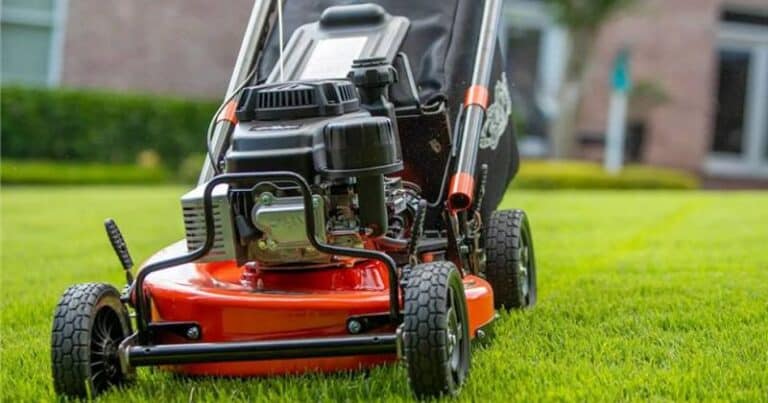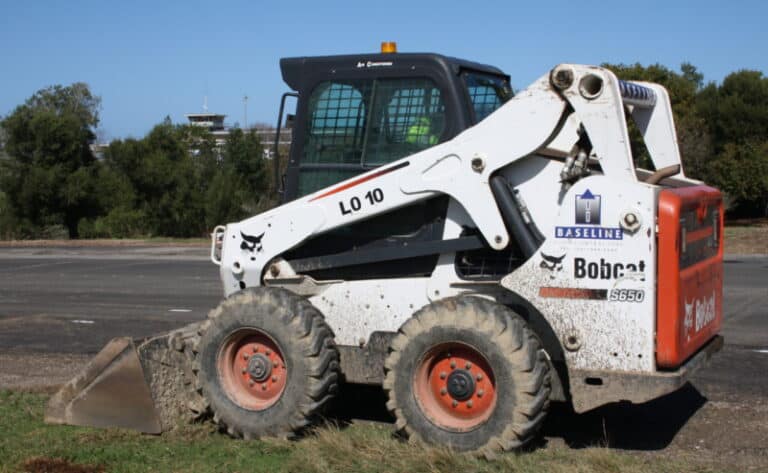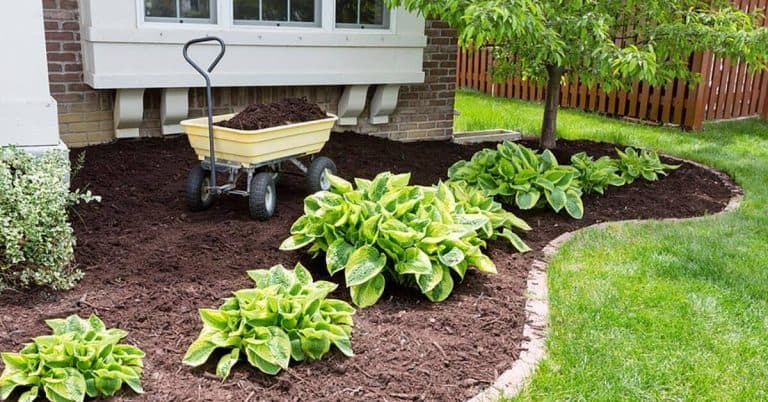The Benefits of Letting Your Grass Grow Long

Trying to maintain a healthy and luscious lawn is important to many homeowners. While having short grass is the traditional appearance, there has been a movement to let the grass grow longer in recent years. While it doesn’t look quite as tidy as short grass, there are benefits to letting it grow longer, even if it is only for part of the growing season. Before you let your grass grow long, you need to know what those benefits are growing long and exactly how long you need to let that grass get between mows.
The Benefits of Letting Your Grass Grow Long
If you reduce how often you cut your grass, it will grow longer over time. While it may not have the best appearance, there are some benefits to letting this happen a few times a year. These benefits range from cost-efficient benefits to options that are beneficial to the environment and ecosystem.
- Stops excessive weed growth
- Reduce fuel costs
- Reduce water usage
- Strengthening roots
- More bees and pollinators
- Less fertilizer
Stops Excessive Weed Growth
When you are letting your grass grow long, the grass will take over the nutrients. If the grass is growing tall like weeds, the grass will start to choke out the unwanted weeds and take over the area. This is good practice if you have a weed issue in part of your yard and have not had the best luck with various weed killers. As your grass continues to grow, it will spread, as well, which forces competition between the nutrients in the soil. Centipede grass, especially, is very competitive with weeds.
Reduce Fuel Costs
Over time, the cost of fuel has risen gradually, and lawn maintenance adds to that with gas-powered mowers. You can improve how much money you spend on fuel when you choose not to cut your grass as often. When you let your grass grow long, you cut out several mows, which can equal a tank or two of gas. In addition to saving money, it is environmentally friendly, reducing your emissions into your environment and promoting a healthy atmosphere.
Reduce Water Usage
Another cost that you can reduce by letting your growth grow longer is your water bill. When you mow your grass short, you have to water it regularly to keep it from turning brown so that it can remain healthy. When you let your grass grow long, it is able to retain more of that water and reduce how often you use it. Like a reduction in fuel, a reduction in water is also beneficial to the environment. Areas that are experiencing a drought take advantage of long grass specifically for this reason.
Strengthening Roots
When you cut your grass frequently so that it stays short, all the energy in the grass goes to making it longer and there is little root development. However, if you let your grass grow long, it will strengthen the roots so that you do not have to add additional water. These strong roots are also what make it able to fight off weeds and take over the lawn as you intended. In the summer heat, your grass will stress out if it doesn’t have strong roots or enough water. These strong roots prevent brown grass from developing on your lawn, even if there has been a dry spell.
More Bees and Pollinators
When your grass is very short, it makes it hard for pollinators and bees to safely navigate between flowers and shrubs. They do not have the appropriate coverage to hide and it also seems as though there isn’t anything to pollinate. When your grass is longer, they have the camouflage they need and will come in larger numbers. Homes that have gardens and flower beds on the property find this to be a great benefit and enjoy them frequenting the area. Again, this is another environmentally-friendly benefit that provides a natural circle of life and improves vegetation all around your property and even in neighboring areas.
Less Fertilizer
Like water and fuel, when you are letting your grass grow long, you are using less fertilizer. This is because the roots strengthen and absorb more nutrients. Grass that is short and stays short requires additional fertilizer to give it nutrients because the plant is focusing on growing the grass and not the roots. This saves you more money in the long run, as well. If you have already purchased fertilizer for your grass but decided to let it grow long, you can utilize that grass on other plants, shrubs, and gardens where the additional nutrients will be beneficial.
How Long Should I Let My Grass Grow Long?
Since you are considering letting your grass grow long a few times a year, you want to let it grow for several inches and get tall. Once it reaches its tallest height, it will start to produce seeds. When you see the seeds start to develop, it is time to go ahead and mow the grass. When the seeds are generated, the focus will move from the roots to the seeds and could impact the health of the grass.
Also, if you cut the grass when the seeds are growing, you can spread them, which is a great way to save on new grass seeds. They will fill in patches in your yard, and you can spread them throughout the lawn. The new grass seeds will make your grass fill in fuller and give it that thick, carpet feeling that homeowners have come to appreciate.
When Should I Let My Grow Grow Long?
While you may be interested in letting your grass grow long, you are probably only interested in this happening a couple of times a year. It is best to let it grow long in the spring months. During this time, the grass is growing slower, so you can cut your grass once every two weeks instead of weekly. This gives the roots time to stabilize and strengthen before the summer heat comes and starts to stress the plant.
You want to let it grow long again in the summer only if you come across a drought period where you haven’t had a lot of water in the area. If you cut it and there isn’t a lot of water available, or you are not willing to water it daily, then cutting the grass could stress it out. Give it a few days during the drought to grow since it will be growing a lot faster at that time. Once you get a good rain shower, let the ground dry up and run the mower. The roots are strong enough to handle being mowed at that time.
A third time you can let your grass grow long is in the fall months. Right before you stop mowing for the season, you want to let your grass grow long one last time. This gives the roots a chance to strengthen from any stress or damage over the summer months. When you cut it for the last time, grass seeds will get into the soil and grow into thick, new grass in the spring after the dormant season.
Types of Grass That Does Well Growing Long
If you have one of the following types of grass, it will grow long and do well at these longer lengths.
- Fescue
- Kentucky Bluegrass
- Centipede
- St. Augustine
- Ryegrass
These are both warm-temperature grasses and cool-temperature grasses. If you have cool-temperature grass, you can let it go much longer through the cooler months before mowing. This is because they grow at a much slower pace, so it takes a little longer before the grass gets to generate seeds. Just like warm-temperature grass, however, you do want to go ahead and mow once you see the seeds growing on our grass.
Let Your Grass Grow A Little Longer This Year
Before you head out to mow the grass just a few days after the last mowing, consider letting it grow longer to improve its health. You will see a difference in your grass by the end of the season, and again next year when it comes in fuller and healthier than before. The benefits are not only good for your wallet, but also for your property, With the added pollinators to the area, your flowers, shrubs and gardens will thrive in addition to your green, grassy lawn.
You can also read:






